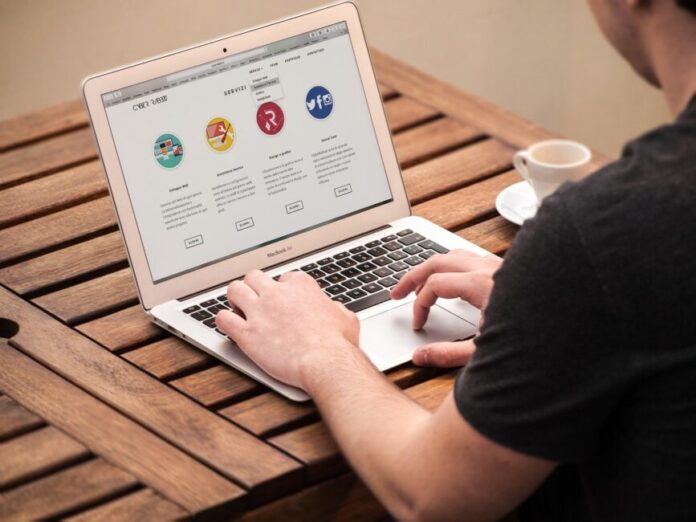People are spending more time online these days for a variety of reasons. We want to be able to access information straight away or buy stuff online as opposed to commuting to an actual storefront. The pandemic has only hastened the push into a digital lifestyle, and you would be hard-pressed to find anyone who does not spend a certain number of hours online these days. If you are a small business owner or a freelancer who advertises their services online, you’re probably keenly aware of the importance of a good online experience for the general public. It will be hard for you to progress in any meaningful way without a good online site. A lot of this has to do with improving the site’s personalized experience, so here is an article that explains the process of revamping your site. UX design services bring flexibility to the development process and save money down the line
1. Assessment
First things first, make an honest assessment of your site. Be certain about the things that work as well as those that don’t. In addition, have your customers or audience made any comments on the site? Are they happy with it, or do they find that it is lacking in some way? Pinpoint the problems and specify your needs, since everything that follows will be strategically based on that.
2. Research
The next thing you should do is research what your competitors are doing, and take copious notes. This is important so that you can go forward against your competitors. Still, for those who are new in personalizing a website, website personalization is the process of creating customized experiences for visitors to a website, and with that, you will want to ensure that you’ve taken the necessary steps to enhance your work. Without a clear idea of what your competition is doing and how they’re successful, it will be difficult for you to move forward.
3. Make an Announcement
Once you have pinpointed the issues and undertaken the necessary research, you will be ready to make the necessary changes. However, before you do so, let the users know that they should expect a change in the coming weeks or months. Your clientele should not be blindsided by any changes, even if things improve straight away. Users find a newly designed site rather frustrating and don’t appreciate it when it happens on the fly – no matter how great the improvements are in the long run. Therefore, ensure to announce that changes are coming soon, and give users a chance to become acclimated to the new site.
4. Tame the Algorithms
Over time, you will have gathered quite a bit of data on your users and will have a solid understanding of who is creating the traffic to your site. Therefore, all this information puts you in a good position to be able to deliver the personalized experiences your users will need once they are able to log onto the new site. Depending upon the web developer you choose, they will be able to implement a highly sophisticated platform within the site that will alter the algorithm over time to best suit the needs of whoever is searching the site. Most likely, AI technology will be implemented to help make the process smoother, but in general, the algorithm will begin working effectively and study users’ habits in no time at all.
5. Google and SEO
The next step of the process is largely based on understanding how google views your site, and how SEO would work. The fact that Google’s own algorithm continues to evolve makes it hard to accurately assess how it markets different sorts of content to users. However, investing more time to structure the site properly is paramount in allowing you to achieve high rankings in search engine results. The developer may help you to use AI technology in conjunction with Google Analytics to help you best understand which calculations should be made in the new overhaul of the site. This is perhaps one extraordinarily important measure that can be easy to gloss over by rookies, which is unfortunate since the mistake can cost lots of hard earned money to fall by the wayside.
6. Test
The final and perhaps most important aspect of the website personalization process is to test, test, test. You must go in the backend and ensure that all the new widgets and the refined algorithm actually work well and enhance the user experience. Few things are worse than launching a site meant to make life easier for users, only to have it fall flat.
Improving the personalization of a website requires a lot of research and an understanding of where the blind spots are ahead of time. While the process is time consuming, it is well worth it since it will give users a chance to greatly enjoy your online presence.
























